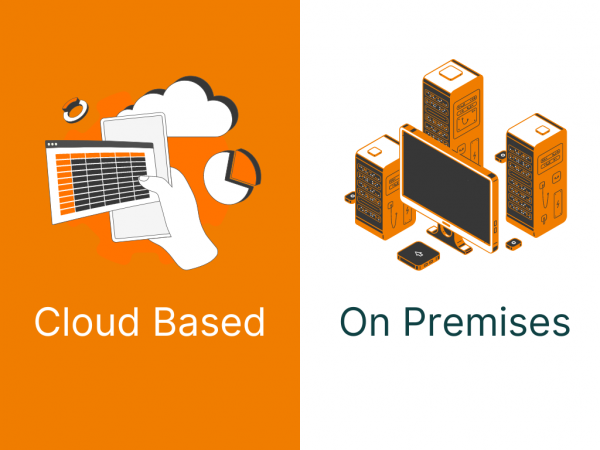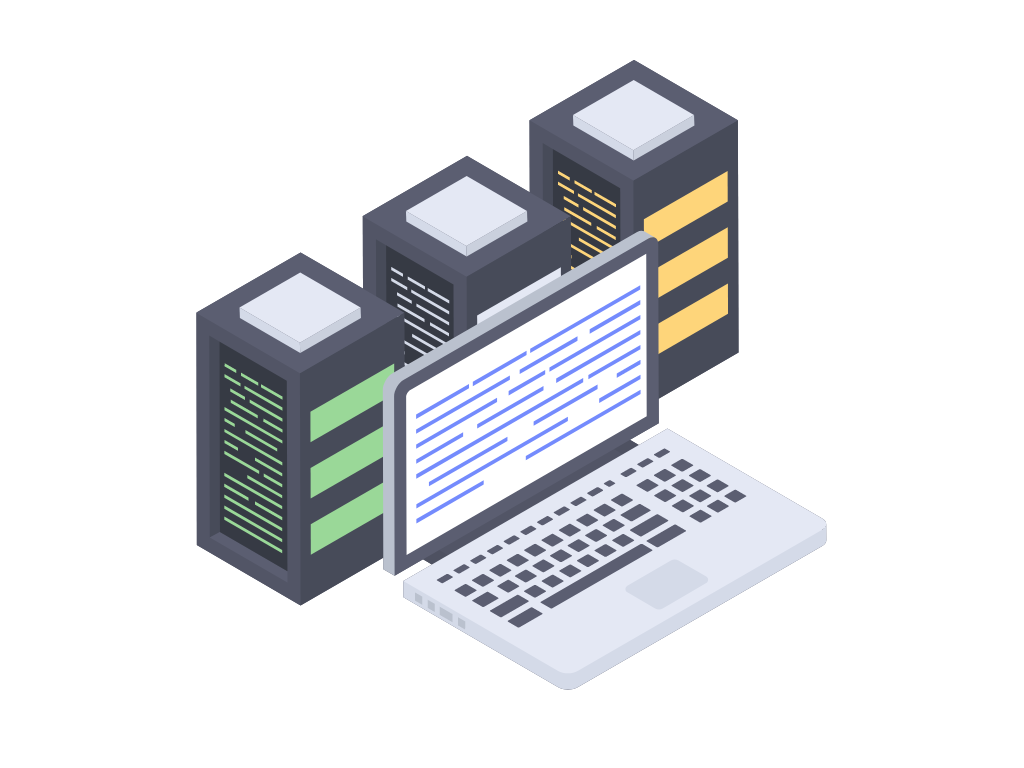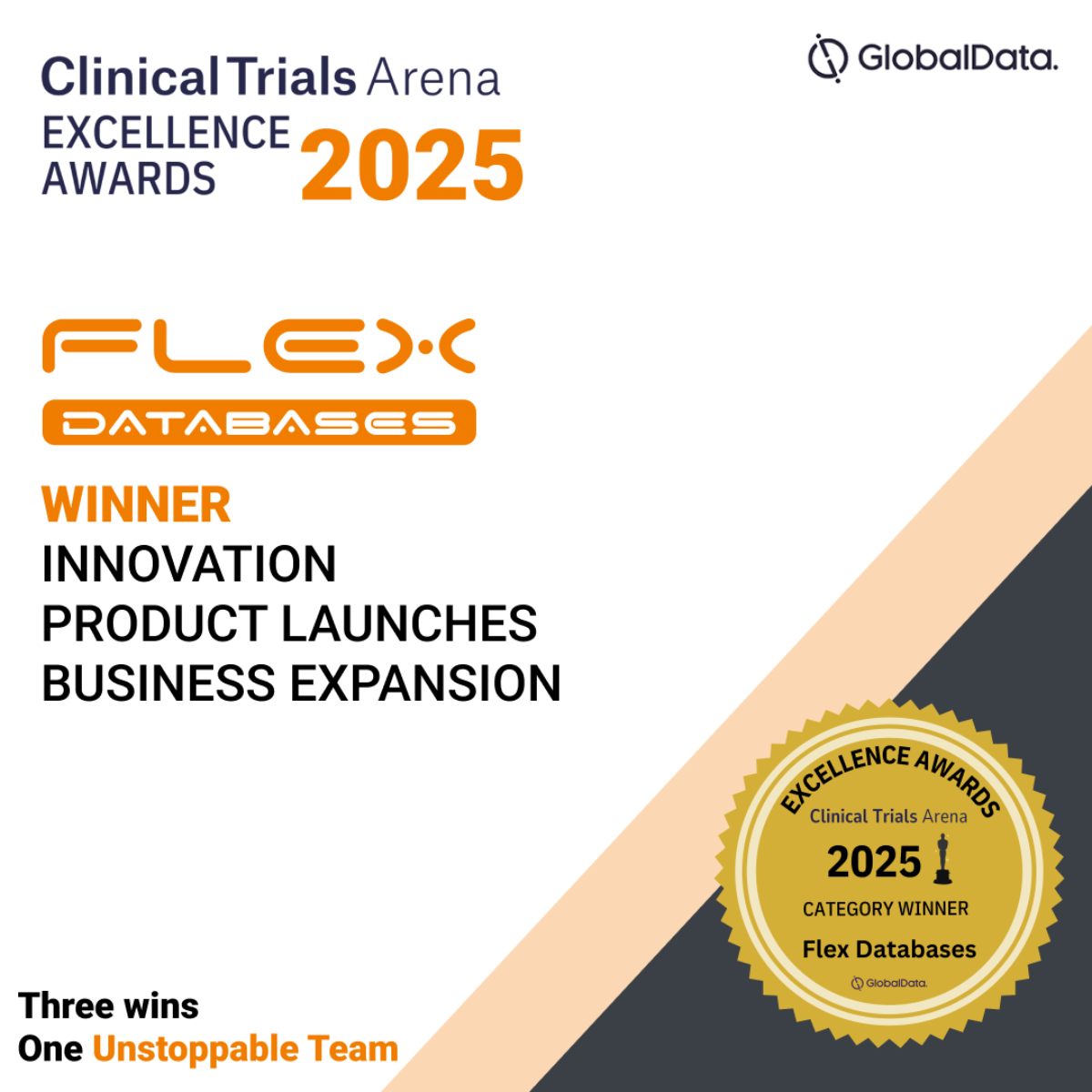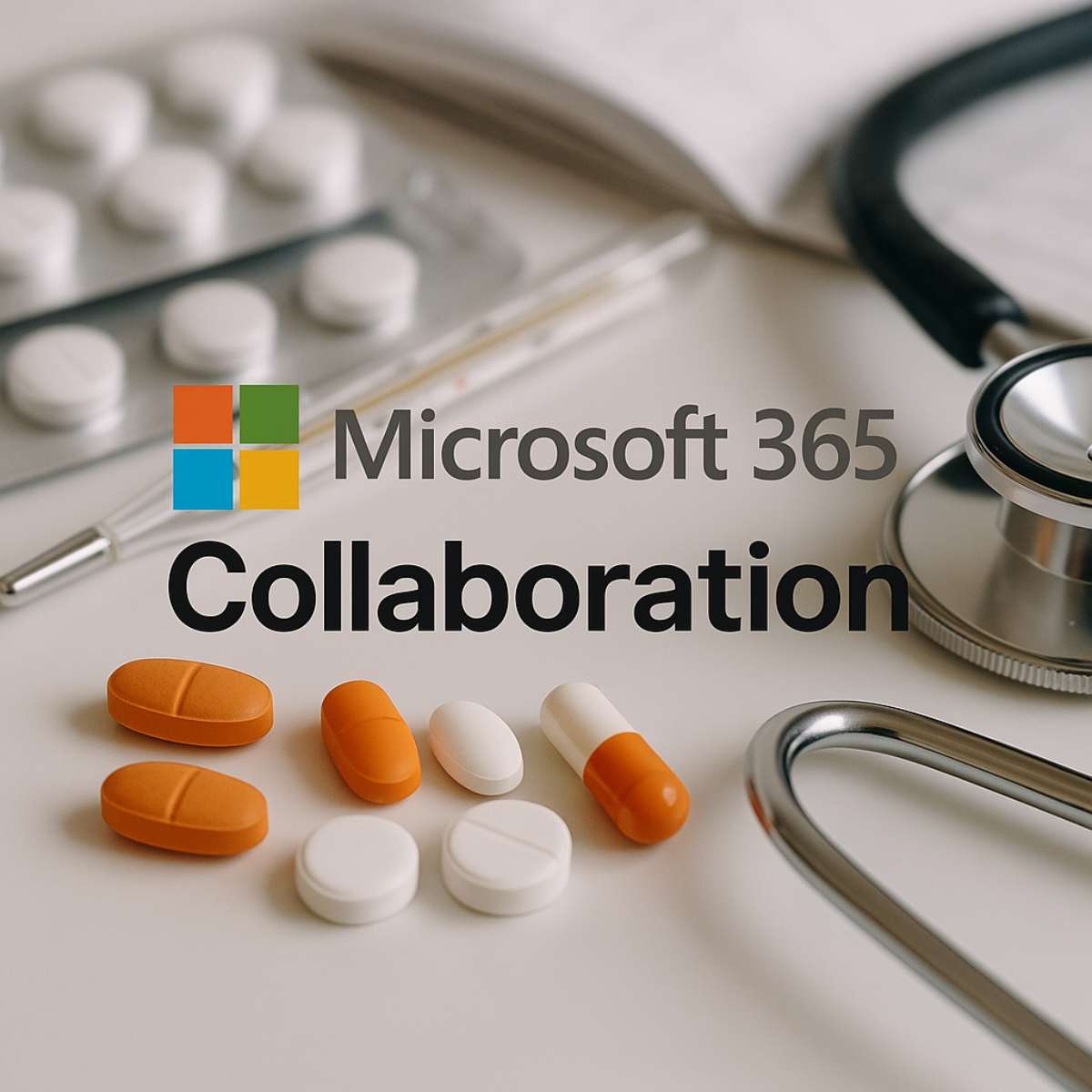Cloud-based CTMS vs. On-premises CTMS: Which is Right for Your Clinical Trial Management?
September 25, 2024

Two popular models dominate the Clinical Trial management System landscape: Cloud-based and On-premises CTMS. Both have their merits, but choosing the right option depends on several factors, including cost, scalability, security, and operational requirements.
This article will explore the differences between Cloud-based Clinical Trial Management System and on-premises CTMS, helping you determine which solution best fits your organization’s needs.
What is a Cloud-based CTMS?
A Cloud-based CTMS is hosted on external servers and accessed via the internet. This model allows organizations to manage their clinical trials without a need to invest in or maintain physical hardware. The cloud infrastructure is managed by a third-party vendor who ensures the system’s availability, scalability, and security.
Key Features of Cloud-based CTMS:
- Hosted on the cloud: Data is stored remotely on servers owned by the CTMS provider.
- Internet-based access: Users can access the system from any location with internet connectivity.
- Automatic updates: The CTMS provider typically handles system updates and patches, ensuring the platform is always up to date.
What is an On-premises CTMS?
An on-premises CTMS is installed and maintained on servers owned and managed by the organization using it. This model requires internal IT teams to manage the system’s infrastructure, updates, and security. Organizations that need full control over their data and infrastructure often opt for on-premises CTMS solutions.
Key Features of On-premises CTMS:
- Hosted internally: Data and software are stored on the organization’s servers.
- Complete control: The organization is responsible for all aspects of maintenance, security, and customization.
- Access limitations: Remote access requires additional setup, such as a VPN or secure external portal.
Benefits of Cloud-based CTMS

Cost-Effectiveness
One of the key advantages of a Cloud-based CTMS is the reduced upfront cost. There’s no need to purchase expensive servers or allocate space for data centers. Instead, organizations typically pay for the service through a subscription model, which may be more manageable for smaller companies or those with limited IT budgets.
Cloud-based systems also offer predictable pricing, making it easier to manage budgets over time. There are no surprise costs for hardware failure, and since updates are handled by the vendor, organizations save on IT maintenance costs.
Scalability
The scalability of Cloud-based CTMS is another major benefit. As trials grow or organizations expand, additional resources can be added without the need to purchase or install new hardware. This makes cloud systems especially beneficial for global trials with changing numbers of users and sites.
Accessibility
Because a Cloud-based CTMS is accessible through the internet, users can log in from any location and at any time. This flexibility is especially beneficial for teams that operate in multiple time zones or manage clinical trials in various geographical regions. Real-time access to data improves communication and decision-making across teams.
Security
While some organizations may be hesitant about storing sensitive data in the cloud, Cloud-based CTMS providers typically offer high levels of security, including encryption, multi-factor authentication, and regular security updates. Cloud vendors often comply with the latest industry standards and regulations, helping to ensure that data is protected.
Collaboration
A Cloud-based CTMS facilitates better collaboration across teams, enabling users from different locations to access the same system in real time. This improves efficiency, reduces communication delays, and helps ensure that everyone is working from the latest data.
Challenges of Cloud-based CTMS
Data Sovereignty
For organizations operating in regions with strict data sovereignty laws, a Cloud-based CTMS may pose challenges. Some regulations require that data be stored within a specific country, which could limit the use of international cloud providers. It’s crucial to ensure that any cloud provider used complies with relevant regional data storage laws.
Internet Dependence
Since a Cloud-based CTMS relies on internet access, it may not be suitable for regions with unreliable connectivity. Downtime or slow connections could impact productivity and hinder access to critical trial data.
Customization
While Cloud-based CTMS solutions are generally easier to implement, they may not offer the same level of customization as on-premises CTMS systems. For organizations with highly specific workflows or processes, the lack of flexibility in cloud systems could be a limitation.
Benefits of On-premises CTMS

Data Control
One of the most significant benefits of an on-premises CTMS is the complete control it offers over data management. Because the system is hosted on internal servers, organizations have full authority over data storage, security protocols, and system configurations. This can be essential for organizations that prioritize data sovereignty or need to meet specific regulatory requirements.
Customization
An on-premises CTMS can be highly customized to meet the specific needs of an organization. From complex workflows to unique reporting features, on-premises systems can be tailored in ways that cloud solutions may not allow. This is particularly important for organizations that conduct specialized or highly regulated trials.
Regulatory Compliance
For organizations operating in regions with strict data privacy regulations, such as GDPR in Europe, an on-premises CTMS can make it easier to ensure compliance. With full control over where and how data is stored, organizations can adhere more easily to regional and national data protection laws.
Challenges of On-premises CTMS
Maintenance and IT Resources
An on-premises CTMS requires dedicated IT staff to manage infrastructure, install updates, and handle security. This level of internal responsibility can be resource-intensive, particularly for smaller organizations without large IT teams.
Scalability Limitations
Unlike a Cloud-based CTMS, an on-premises CTMS can be difficult to scale. As an organization grows, it may require additional hardware, infrastructure, and IT support, all of which can significantly increase costs and complexity.
Remote Access
For teams that require remote access, setting up secure external connections to an on-premises CTMS can be challenging. While it’s possible to configure VPNs or other remote access methods, these solutions can be complicated to maintain and less user-friendly than the seamless access offered by cloud systems.
Key Considerations for Choosing Between Cloud and On-premises CTMS
Size and Type of Clinical Trials
Smaller organizations or those running trials in multiple regions may benefit more from the flexibility and scalability of a Cloud-based CTMS. Larger organizations with highly specific needs and robust IT infrastructures may find an on-premises CTMS to be a better fit.
Budget Constraints
For organizations with limited budgets, the lower upfront cost of a Cloud-based CTMS is often more appealing. However, those with long-term IT resources may find the investment in an on-premises CTMS worthwhile over time.
Data Security and Regulatory Requirements
Organizations that need strict control over data due to regulatory requirements may prefer the security of an on-premises CTMS. However, many cloud providers offer compliance with global standards, making Cloud-based CTMS a viable option for most regions.
IT Capabilities
The availability of in-house IT resources will heavily influence the decision. An on-premises CTMS requires dedicated IT staff, while a Cloud-based CTMS reduces the IT burden by outsourcing much of the management to the provider.
Flexibility and Scalability
For organizations anticipating rapid growth, a Cloud-based CTMS offers scalability without significant additional investment. An on-premises CTMS may be limited in its ability to scale without costly hardware upgrades.
Conclusion
Both Cloud-based CTMS and on-premises CTMS offer distinct advantages and challenges, making the decision highly dependent on your organization’s specific needs and resources. A Cloud-based CTMS excels in flexibility, scalability, and cost-effectiveness, making it ideal for smaller organizations or global trials. On the other hand, an on-premises CTMS provides complete control over data, customization, and compliance, making it better suited for larger organizations with specific regulatory needs or complex workflows.
Fortunately, Flex Databases offers both Cloud-based CTMS and on-premises CTMS solutions, allowing you to choose the model that best aligns with your operational requirements. Whether you prioritize flexibility and scalability or prefer full control over your data and infrastructure, Flex Databases provides a tailored solution to meet the needs of your clinical trial management.



